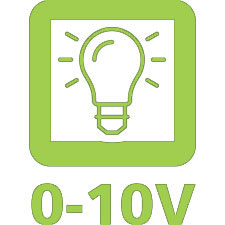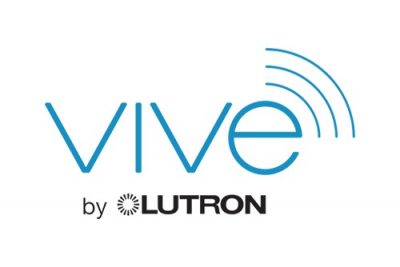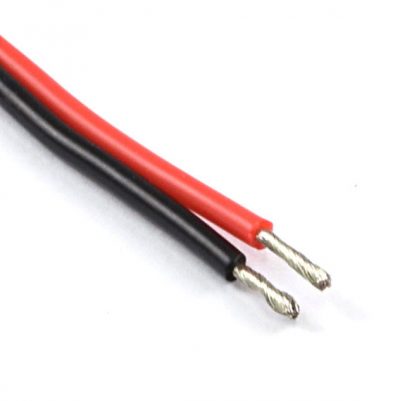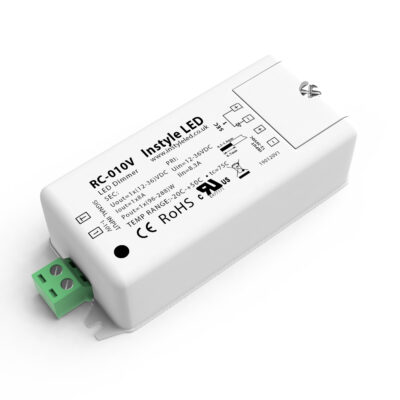In this blog, we’ll be taking an in-depth look at 0-10V LED lighting control.
0-10V was initially used and is still being used as a fluorescent dimming system. It is now used as an LED dimming control protocol. At 10V, the system gives 100% lighting output and at 0V the light is usually very dim.
Why choose 0-10v?
The dimmers have the capability of shutting lights off without the need of having an additional switch, which saves on cost. You are also able to have more control over electrical power as well as fixtures. If you looking for efficiency, then this is it, you will be able to save on light and energy.

What does 0-10v mean?
How do you control 0-10v?
For current sinking, it uses ballast or a 10V DC. The controller works by reducing the returned volt ageto the light. At 10V, the light is very bright. In case no volts are returned, the light is very minimal.
What is a 0-10v controller?
What is a 0-10v Receiver? / 0-10v Decoder?
How do you wire a 0-10v LED control system?
There a couple of pointers that you need to take note. These include: While installing your power or analogue controls. You should also separate the class one and two circuit wiring. This separation is important as it helps avoid inducing alternate current voltage to lower voltage signals that can bring about undesired effects.
Can I control other lighting using the same 0-10v controller? – for example, LED lights and other things?
Definitely! The majority of the LED drivers are compatible with 0-10V control devices, as well as other systems such as photocells and wall box dimmers.
Can 0-10v work with home automation systems such as Lutron and KNX?
Absolutely!!
0-10V works well with basic applications for the sink-type controls, such as wall box dimmers, Nova and RadioTouch RF wireless control systems, among others. These products have the ability to interface with 0-10V LED products, as long as they comply with IEC standard for current sinking.

What is the difference between 0-10v and 1-10v?
1-10V, on the other hand, is a current sink system. In this case, your dimmer will not need a mains connection. It is important, however, to have a mains switch in case you need to switch off the light.
What cable do I use for the signal of 0-10v?
The most popular wiring type is a stranded copper twisted-pair (18AWG) cable. This type of wiring provides a stable current path.
The twisted pair provides protection from noise, you also get to economise and it offers the flexibility of being moved from one place to another.
There are different sizes available in the market from 14AWG-22AWG, though 18AWG is the most popular.
What 0-10v control products do InStyle LED offer?
Our 4-channel receiver is capable of controlling colour change LED strips (which is inclusive of RGBW/RGB), as well as dual white LEDs. It has a 4×5 amp output.


